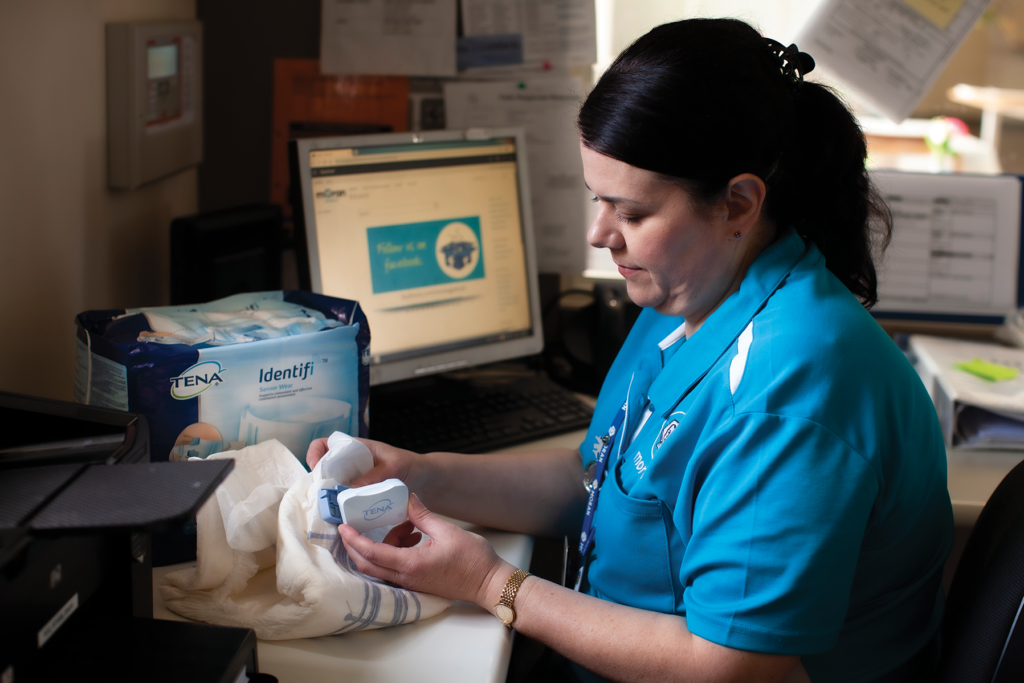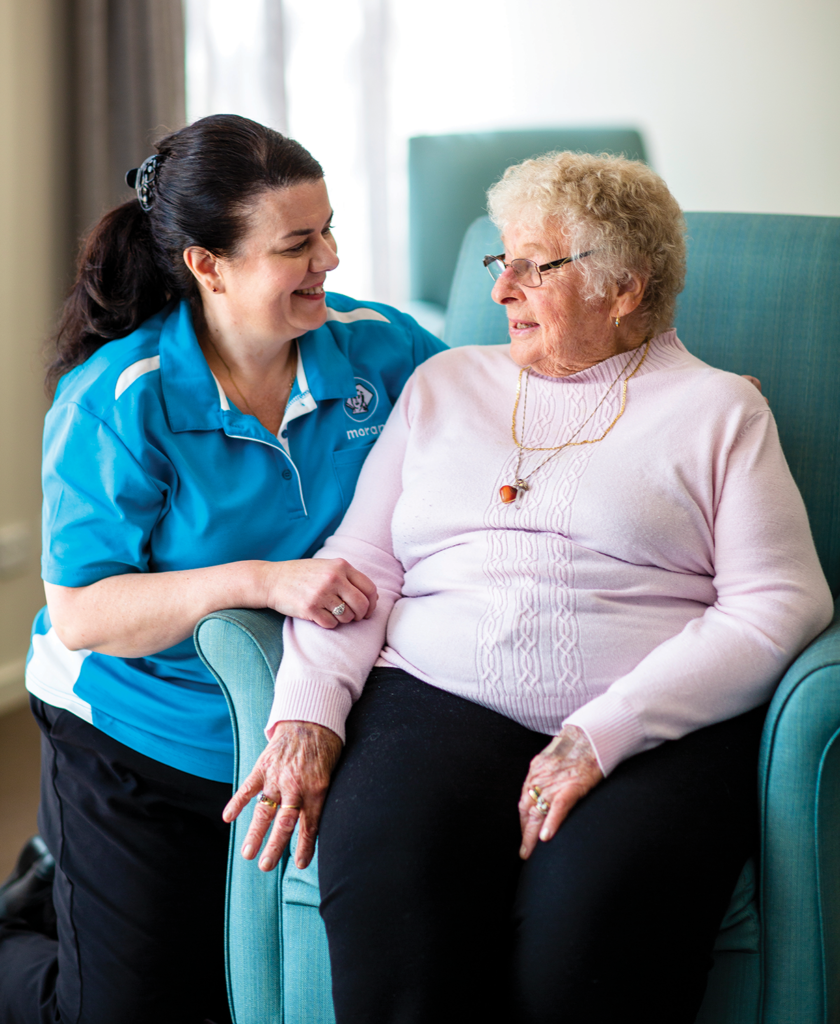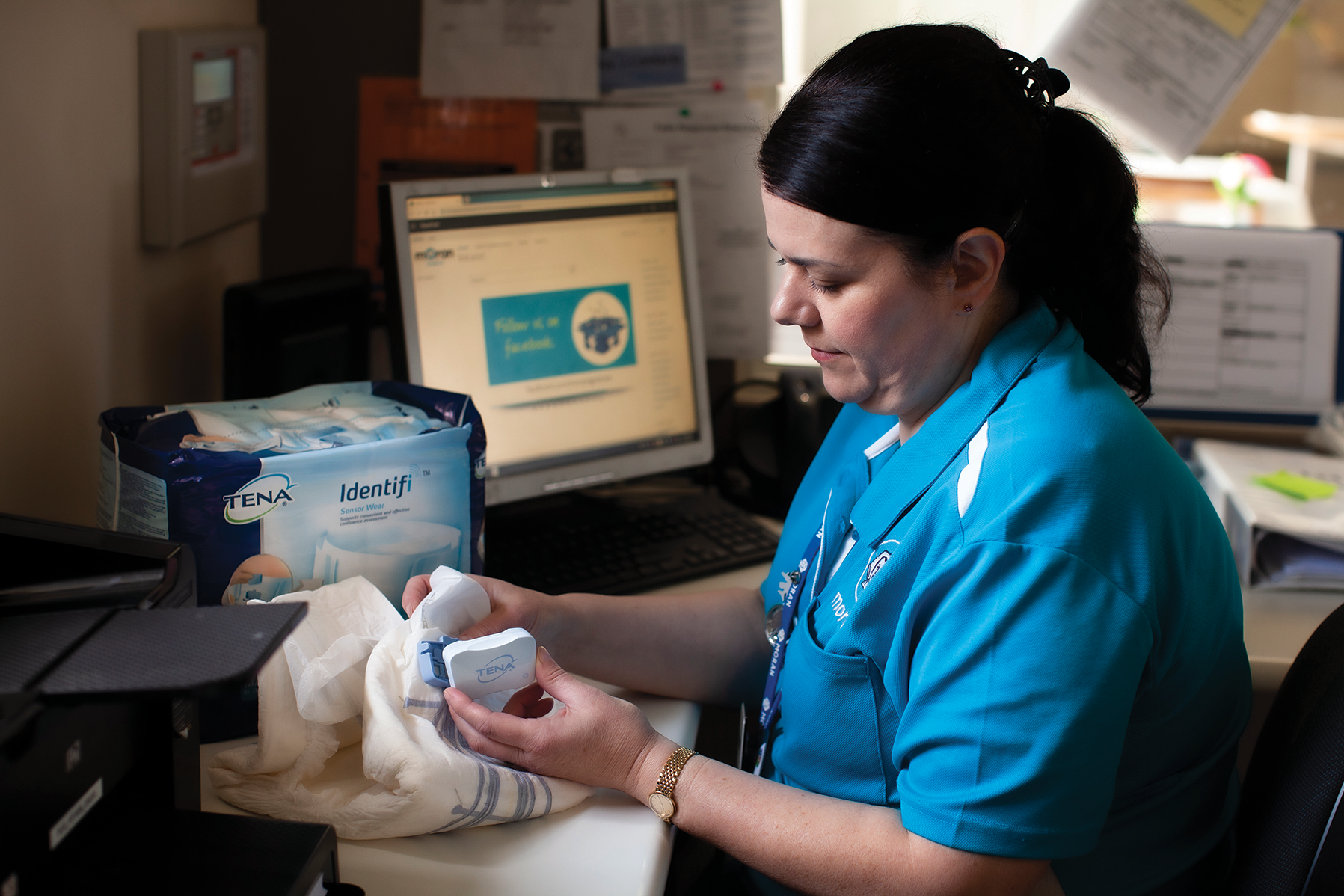Incontinence affects over 70 per cent of residents in aged care. Continence care is an essential purchase for aged care so choosing the company that is the right fit for your business, staff and resident needs is critical.

When choosing the right provider for your facility, total value must be considered above and beyond the cost of the product alone. Inefficient care can take up to 40 per cent of care time and can create several avoidable costs such as laundry and labour costs associated with leakage and problems such as skin issues.
Best practice continence care and maintenance requires ongoing day to day management to ensure individuals are comfortable and safe and that staff time is efficiently utilised.
Employees within Residential Aged Care Facilities often receive minimal formal education about incontinence and its management, leading to varying levels of skill and experience within the facilitiy3. When employees are not experienced or correctly educated on incontinence management, several issues can arise. These include, pads needing to be changed more often, residents feeling uncomfortable, skin issues becoming prominent and both laundry and waste costs increasing due to leakage and pad wastage. Minimal to no continence knowledge can mean residents are not being looked after to the highest standards. Suppliers who assist with education, processes and procedures for best practice continence care should be considered.
Since 2015, the Aged Care Quality and Safety Commission has listed continence management in the top five complaint categories. When managed poorly, incontinence effects not only the resident, but the carer, families, and the facility in which they are placed. With many residents entering a facility due to incontinence problems, it is critical that its management and the education around it is a priority for procurement and clinical managers.
Incontinence affects over 70 per cent of residents in aged care.
What does this mean for your facility?
It may be viewed by some facilities that wet beds and skin issues are an inevitable part of aged care, but this does not have to be the case. Choosing a solution that is high quality and endorsed by third parties can improve both the resident and carers experiences when it comes to incontinence care and decrease the likelihood of wet beds and skin issues.
Incontinence, and incorrect management of it, is also a major cost driver in Residential Aged Care Facilities. In 2008 – 2009, $1.3 billion was required for people who needed assistance with both incontinence and toileting in RACFs. Cost should not be a barrier to effective continence care and treatment. Effective continence care requires an investment but will generate savings in the longer term as costs associated with treating Urinary Tract Infections (UTI’s), Incontinence-Associated Dermatitis (IAD) and pressure injuries are reduced.
If poorly managed, residents may feel embarrassed or fear leaking when taking part in social activities, which takes a toll on their emotional wellbeing and overall quality of life. Effective continence management will increase the quality of life for residents as the risk of adverse events decreases and their desire to join in social activities comes back.

How can TENA help?
The TENA PROskin range consists of a regime of absorbent products to keep the skin dry, as well as products to keep skin clean and protected, reducing associated issues that can lead to IAD’s and pressure injuries. TENA provide education and processes for efficient continence assessment and management promoting individualised continence care, toileting options to minimise continence as well as healthy skin and services to improve efficiency for your facility to save both time and money.
“TENA provide very good education which is clear and succinct. So, it’s great for our ESL staff.” – Anne Brown, Chief Executive, Pennwood
“We have found that clients’ skin is in a far better condition and less prone to damage and skin tears since using TENA” – Lanna Ramsay, Head of Aged Care, Ozcare
TENA is focused on innovation and continuous improvement. Technology such as TENA Identifi can assist with accurate continence assessment and enables automatic recording of void amount and time to improve toileting times and correct product choice, avoiding over prescription of continence products.
TENA Identifi can reduce pad absorbency required by 24 per cent, reduce pad changes by 21 per cent and waste by 36 per cent.
When you choose TENA products you also have access to the TENA Continence Management System (TCMS), a web-based program enabling each resident an individualised care plan. Sometimes initial continence assessments are not completed or not completed well due to a lack of expertise from Registered Nurses. TENA provides training to assist nurses to understand the critical factors to consider in an assessment. A system like TCMS can assist in prompting the right questions for an assessment which then provides a product recommendation to help with correct product choice. TCMS then recommends product orders based on these prescriptions to avoid under or overuse, resulting in better stock control for the aged care facility. Additionally, reporting capabilities can keep track of actual vs prescriptions to pick up over and under use when prescriptions need to change.

“In the trial, TENA performed 20% better than its competitors based on quantity and quality measurements supported by industry best reporting and measurement tools” – Eldercare Aged Care
“The decision to change back to TENA for the ongoing supply of continence products was based on several discussions around ensuring positive resident outcomes” – Julie Bailie, Director of Nursing, Lyndoch Living
TENA’s approach to continence care is one that puts the resident at the centre. Now is the time to optimise care within your facility through a solution that provides quality outcomes. At TENA, we can provide you that solution, visit www.tenaprofessional.com.au/professional/optimisecare today to receive a free TENA Consultation and assessment to determine how you can optimise care time and improve outcomes with TENA.










